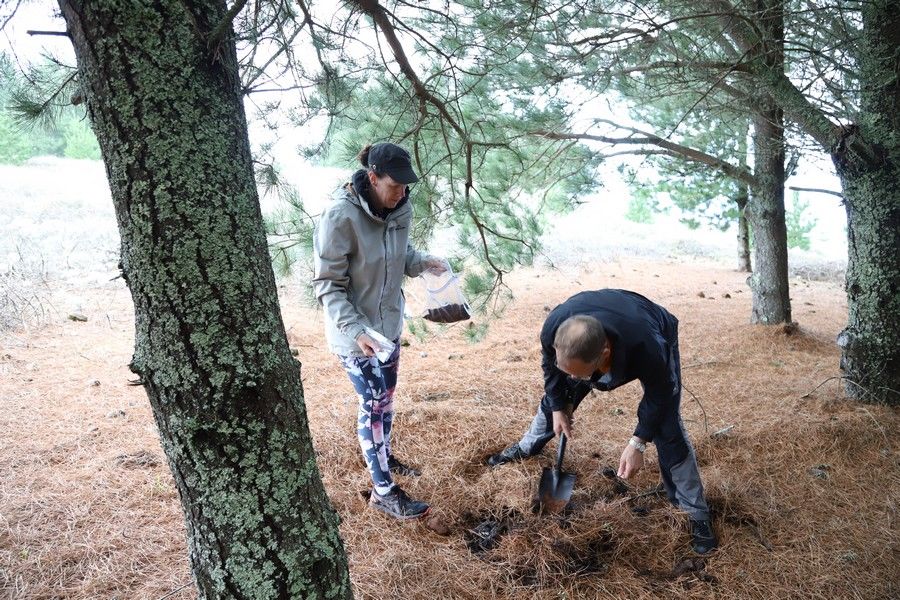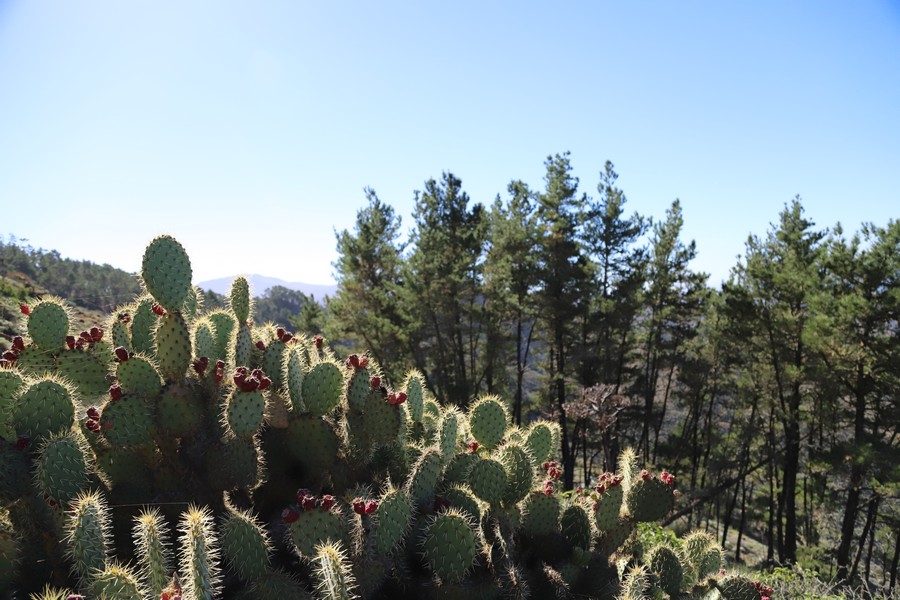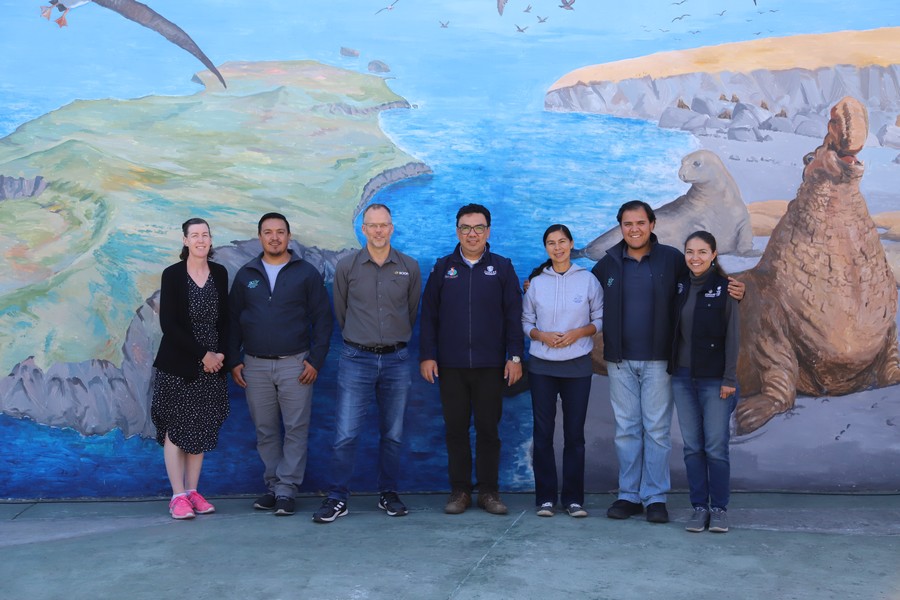Scientists join forces to unlock secrets of tree survival in a changing climate
For immediate release
21 March 2024
Scientists at Scion are teaming up with international colleagues from Mexico and the USA to help Pinus radiata under threat within its native range. And, they might just help New Zealand’s native species in the process.
As part of the MBIE-funded Tree Root Microbiome programme, scientists Steve Wakelin and Sarah Addison are focused on unravelling the connections between microorganisms, trees and environmental change, shedding light on how these relationships impact the health and resilience of our forests.

“Like humans, trees have an extensive community of microorganisms like bacteria, fungi and viruses that live in and around them,” explains Addison. “And just like us, this microbiome plays a critical role in tree health.”
Understanding how these tree-microbiome associations influence tree growth and survival is urgently needed; the world is changing. In many places the climate is changing faster than trees can adapt.
Forests are recognised as one of the ecosystems that are most sensitive to climate change impacts, stresses Wakelin. “Trees are immobile and typically live for a very long time. This has implications for exotic and native forests alike.
“How can seedlings of native trees, such as kahikatea or kauri that can live for many hundreds of years, continue to grow and be resilient as the climate changes around them?”
A catalyst for the research was the desperate need for a system that will help everyone understand the interactions between conifer species and their microbiome, adds Wakelin.
“We can’t set up trials today and come back in a hundred years and see how it has gone; the clock has been run down. We need to be smarter and look at what resources we have today to inform us so we can make decisions tomorrow.”

The team's focus for developing a model is Pinus radiata, the most widely planted conifer species worldwide. It is also a fast-growing species with a well-documented genome and established propagation methods. Scientists are visiting pine tree sites around the world to gain insights into conifer microbiome associations to inform conservation strategies and support tree health in diverse environments.
Pinus radiata, while thriving in various regions globally, faces extinction threats in its native range near the central coast of California and Mexico. These fragmented native populations, existing for about 15 million years, have endured ice ages, droughts, and environmental shifts. These prolonged changes have facilitated the co-evolution of microbiome associations. The microbiomes found in these endangered populations of Pinus radiata hold crucial insights into how microbiomes can potentially support conifers on a broader scale. It is here that conservation efforts for the native Pinus radiata populations overlap with the need to climate protect conifers globally.
As part of the programme, Addison and Wakelin teamed up with researchers at Grupo de Ecología y Conservación de Islas (GECI), the Comisión Nacional de Áreas Naturales Protegidas (CONANP), the Universidad Autónoma de Baja California, and colleagues at Wright State University (Ohio, USA). Last November the multi-national team took samples on the Islands of Cedros and Guadalupe off the Mexico coast.
For some in the group, the focus was understanding the root-microbiome associations and how these can be used to support regeneration efforts to grow populations. For others, knowledge is being combined with information from native Californian populations and samples collected from pine tree sites globally. This allows researchers to build a comprehensive picture of how root-microbiome associations vary with soil, climate, tree genetics and other factors.
“These endemic trees in Mexico offer unique environments and untouched genetics,” says Addison. “The Pinus radiata we see growing elsewhere have been domesticated from these island populations. It is likely a combination of movement and successive selection of genetic material has resulted in a loss of many microbiome associations, but these may still be present within the precious populations.”
Collaboration between Scion scientists, GECI and CONANP, has been fundamental to gaining access to these restricted populations and creates an important link between New Zealand and Mexico researchers.
“It was through old-fashioned ‘two degrees of separation’ that we were able to connect with these researchers. It was really difficult to get to the trees and required a lot of coordination, but it was an amazing experience to be a part of.
“The landscape was so different to New Zealand’s, with more a desert feel on Cedros Island and much colder and foggier conditions on Guadalupe Island which had very red soil in places due to its volcanic nature.”
Back in the laboratory, scientists are now analysing soils and roots surrounding Pinus radiata trees to unravel their microbiome associations. This information is then linked with the environmental conditions, such as temperature and rainfall, to understand patterns of key microorganisms fundamental to radiata’s survival.
“Some of the trees we sampled were over 300 years old. Can their key microbes be used to protect our trees around the world? That’s what we ultimately want to find out,” says Wakelin.
ENDS

